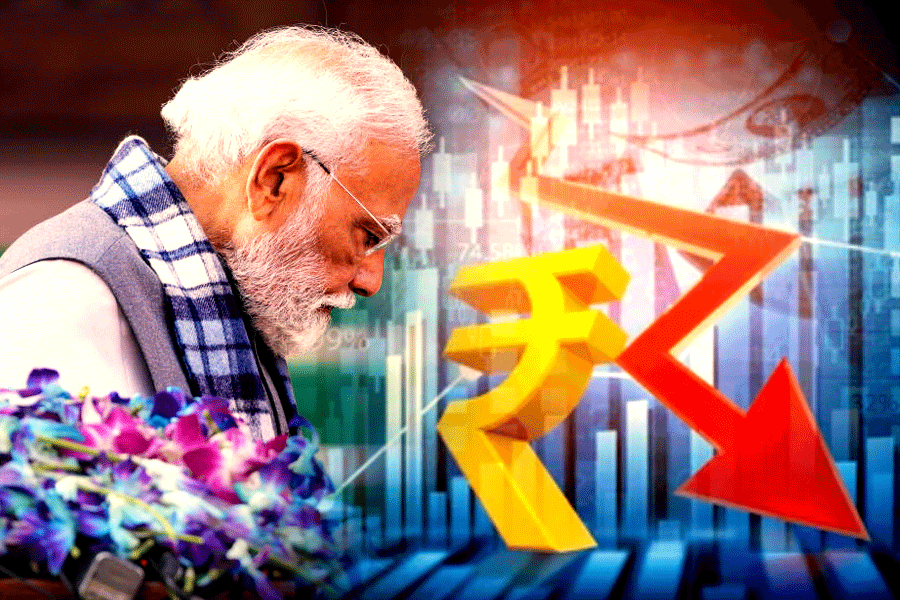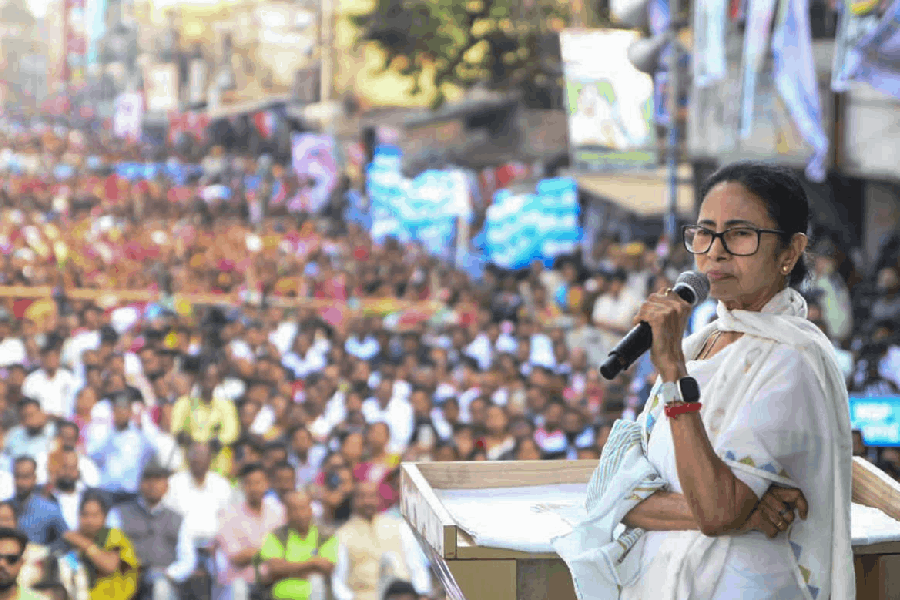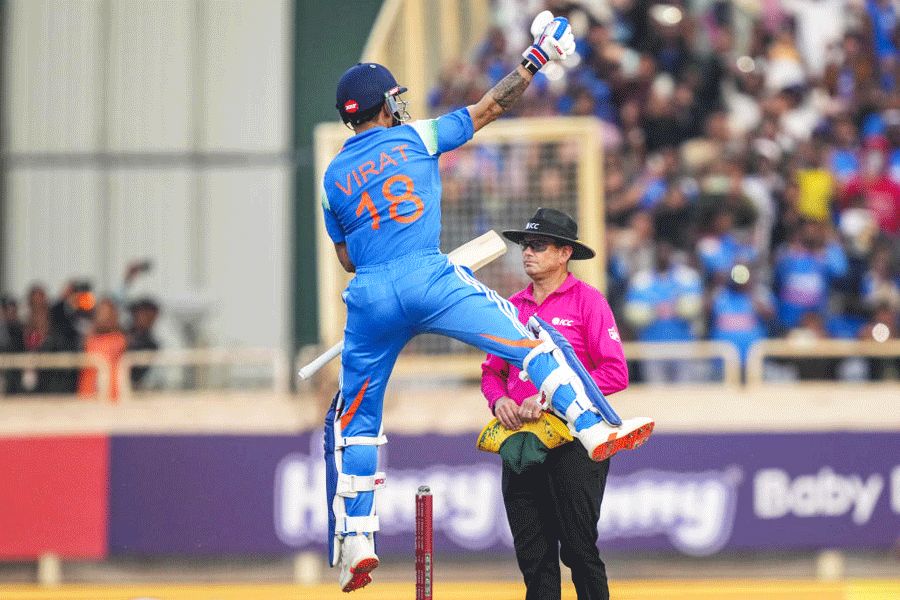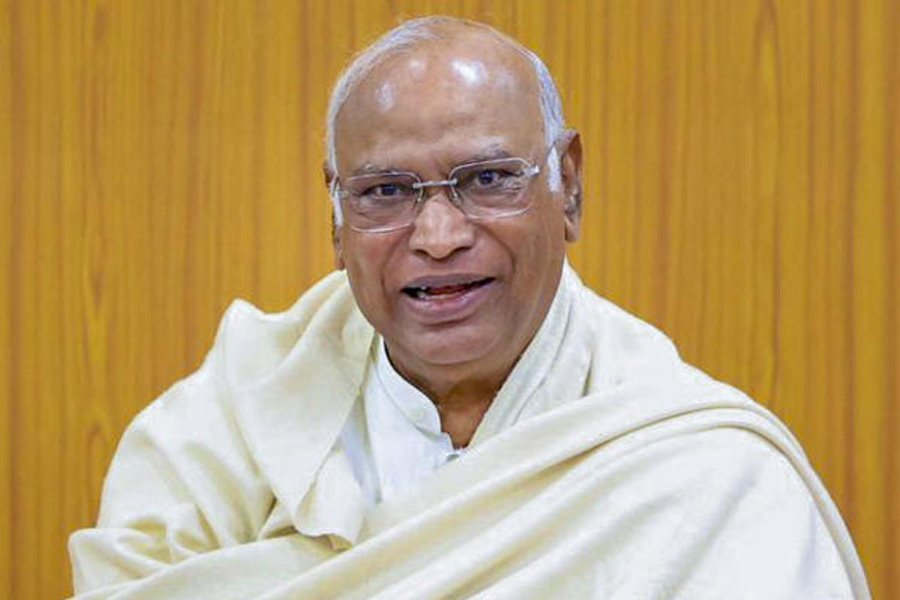The Narendra Modi government has made no secret of its ambition: India will lead the global Artificial Intelligence revolution. In speeches, briefs and budget announcements, AI is being hailed as a “force multiplier” for economic transformation, set to employ one million “skilled individuals” by 2026.
While the buzz and the frenzy about innovation, efficiency, and growth rage on, there has been a conspicuous silence about whom this future is for — whom it includes and whom it leaves behind.
A recent report by the International Labour Organization and Poland’s National Research Institute found that women in high-income countries are more “exposed” to generative AI in their jobs than those from the Global South. That is largely because women in these countries are overrepresented in clerical and administrative roles – roles that generative AI is especially able to replicate and replace. On the surface, then, women in the Global South may appear less vulnerable.
However, this framing conceals a deeper problem. Women in India are not less exposed because they’re better protected against job loss — they’re less exposed because they are not present in the digital economy to begin with. Their exclusion is not a shield, but a symptom of structural inequality: lower access to the internet, technology and capital, fewer formal jobs, limited representation in technology design and leadership, and an overwhelming burden of unpaid care work. In this sense, India’s AI future is poised to continue to be a ‘force multiplier’ for the same constituencies that dominate the current digital economy — urban, male, upper-caste professionals.
According to Period Labour Force Survey data, India’s female labour force participation stands at around 25%. Of those employed, the vast majority are in agriculture or informal work. A scant number of these employed women work in the professional or technical sectors projected to grow fastest in an AI-led economy.
In urban India, men dominate retail, driving, and construction, with tech and managerial roles emerging as education rises. Women, meanwhile, are most commonly found in garment work or domestic help, with teaching becoming a key profession for the highly educated. Without focused intervention, India’s massive investments in AI and digital public infrastructure will bypass most women.
Design is another important factor: AI systems are only as fair as the data they are trained on and most are trained on data drawn from biased, male-centric, English-dominant internet cultures. The result is algorithms that amplify existing inequities. Without deliberate course correction or social protections, Indian women will be doubly marginalised: first by the digital divide and, then, by digital tools designed without their realities or any accountability in mind.
Women make up just 22% of the global AI workforce, and, even when they go into STEM education, are less likely to be given leadership roles. In global AI research, only
18% of authors at major AI conferences are women. India’s DPI stack — hailed
as a digital public good — has been developed with little transparency or gender analysis. The risks of embedding exclusion into the design of supposedly ‘transformative’ systems are high.
Done right, AI could improve access to healthcare, education, and financial services — sectors where women are highly underrepresented. But for that to happen, the gender digital divide needs to be narrowed, investments made in care infrastructure so that women can participate in the workforce, and standards of accountability set to ensure that AI tools truly serve India’s full spectrum of diversity.











